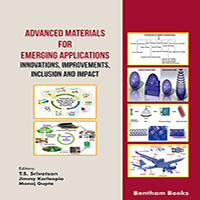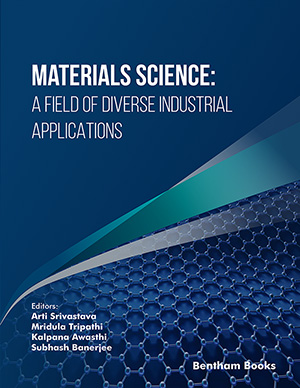Abstract
Magnesium is the sixth most abundant material in the earth’s crust that finds
its applications in the fields of automobiles, aerospace, and biomedical. With
noticeable advances in the domain enveloping engineering and technology, there does
exist a growing need for new and improved materials to meet the demands put forth by
the industries spanning the aerospace and automobile sectors. One of the important
requirements for a material is light in weight. Magnesium is one such promising
material, which is lighter than aluminum making it an ideal candidate for selection and
use in both performance-critical and non-performance critical applications in the
domains specific to automobile, aerospace and even biomedical. There are various
processing routes for the manufacturing of magnesium alloys, and there exists a need
for the joining of the magnesium alloys. The conventional joining processes possess
defects, such as porosity, which are detrimental to achieving acceptable to good
mechanical properties. Friction Stir welding is one method of solid-state joining, which
offers good properties of the weld. The technique of friction stir welding (FSW)
operates by rotating and plunging a non-consumable tool into the interface of two
workpieces that require to be joined. Promising advantages that are offered by friction
stir welding (FSW) are eco-friendly, versatile, and energy efficient. This manuscript
highlights (i) the friction stir welding processing technique, as well as recent and
observable advances, (ii) the classification of the magnesium alloys, (iii) the welding
tool and its influence on welding, microstructural development and mechanical
properties of the friction stir welded magnesium alloy, (iv) welding parameters and its
influence on governing the relationships between the weld and the workpiece, and (v)
typical practical applications and the variants of friction stir welding (FSW).
Keywords: Alloys of magnesium, Base metal (BM), Dwelling, Fixture, Friction stir welding, Magnesium alloy, Magnesium composite, Stir zone (SZ), Tool, Tool probe, Thermomechanical affected zone (TMAZ), Welding.




















